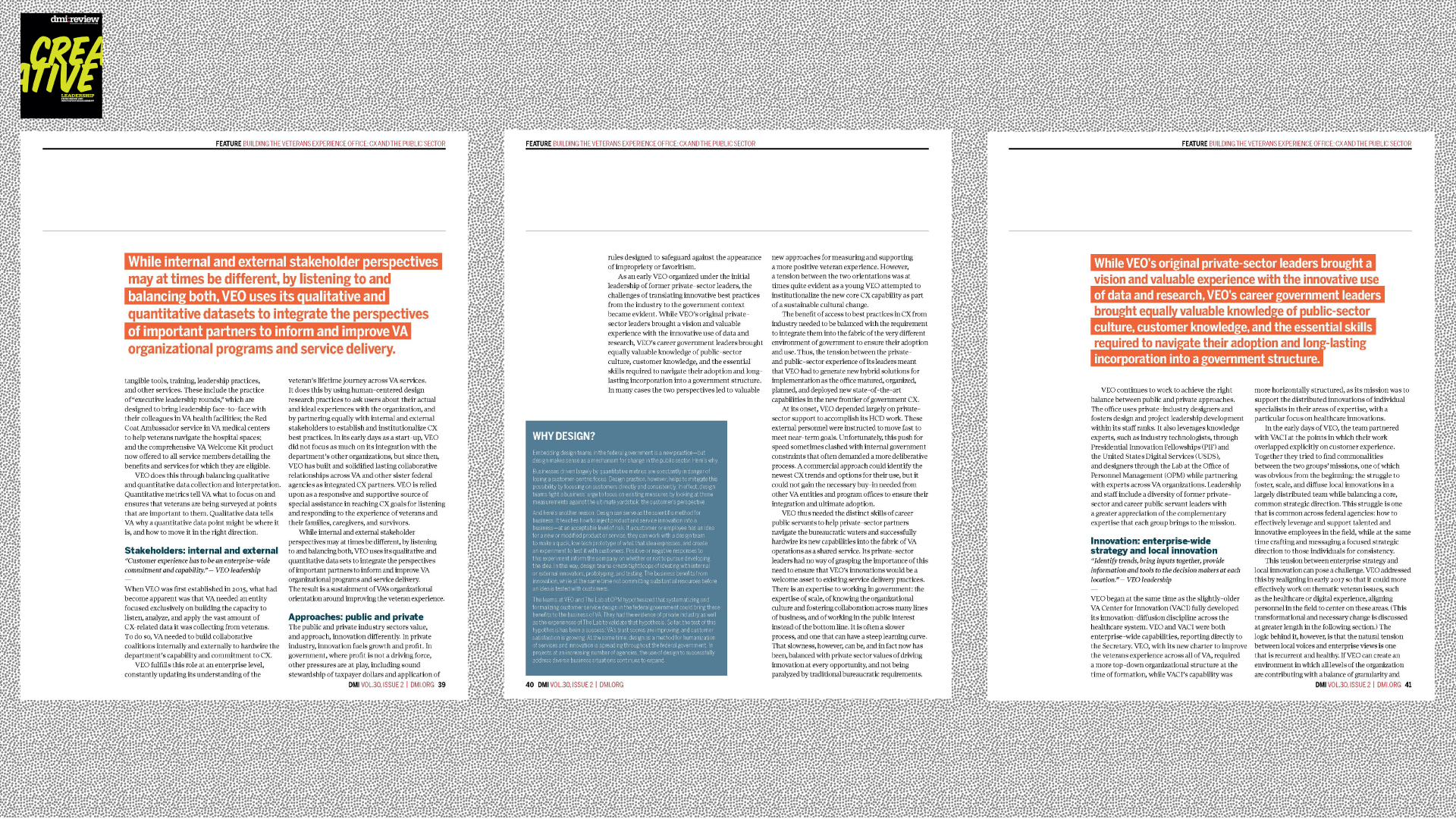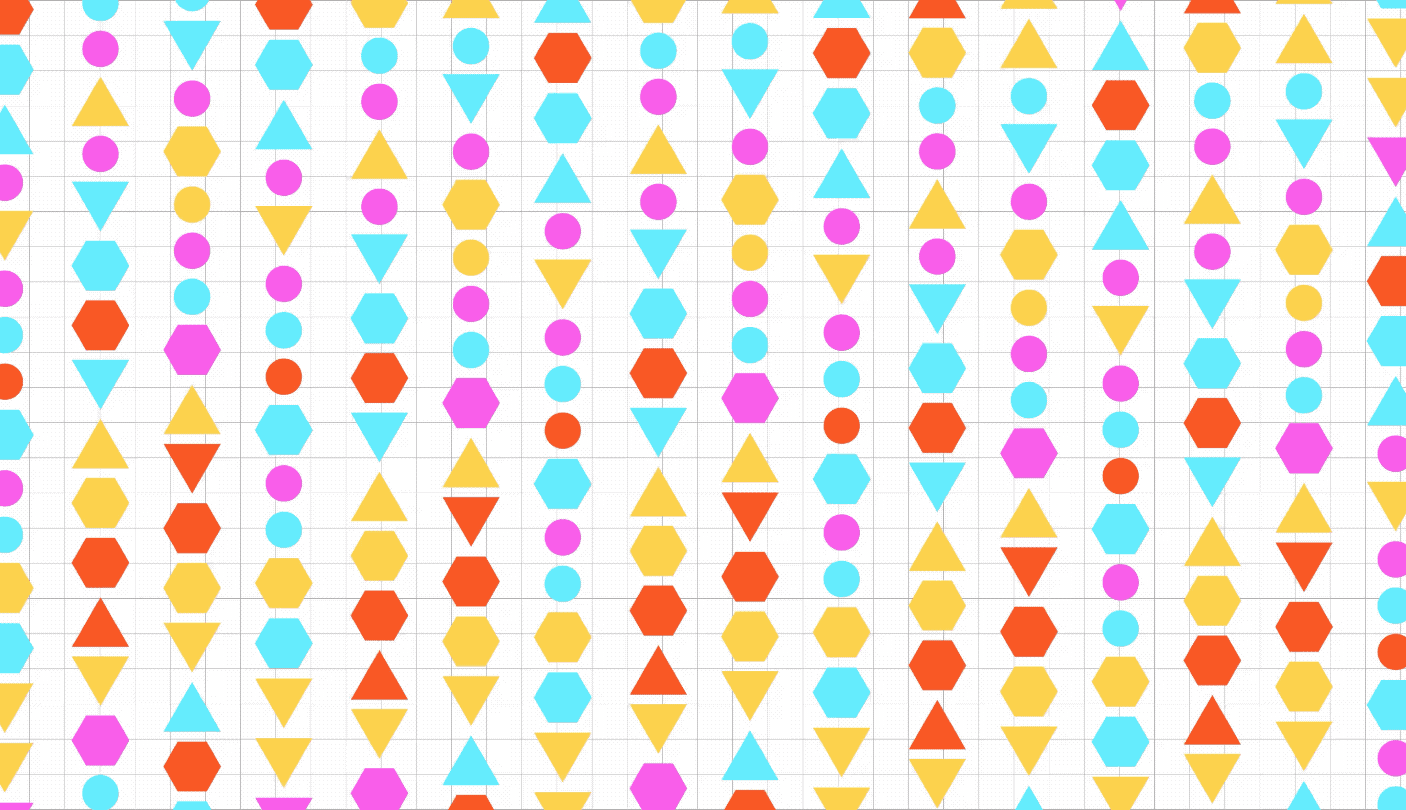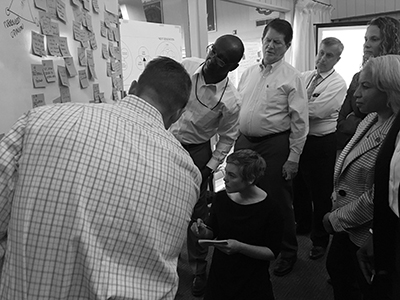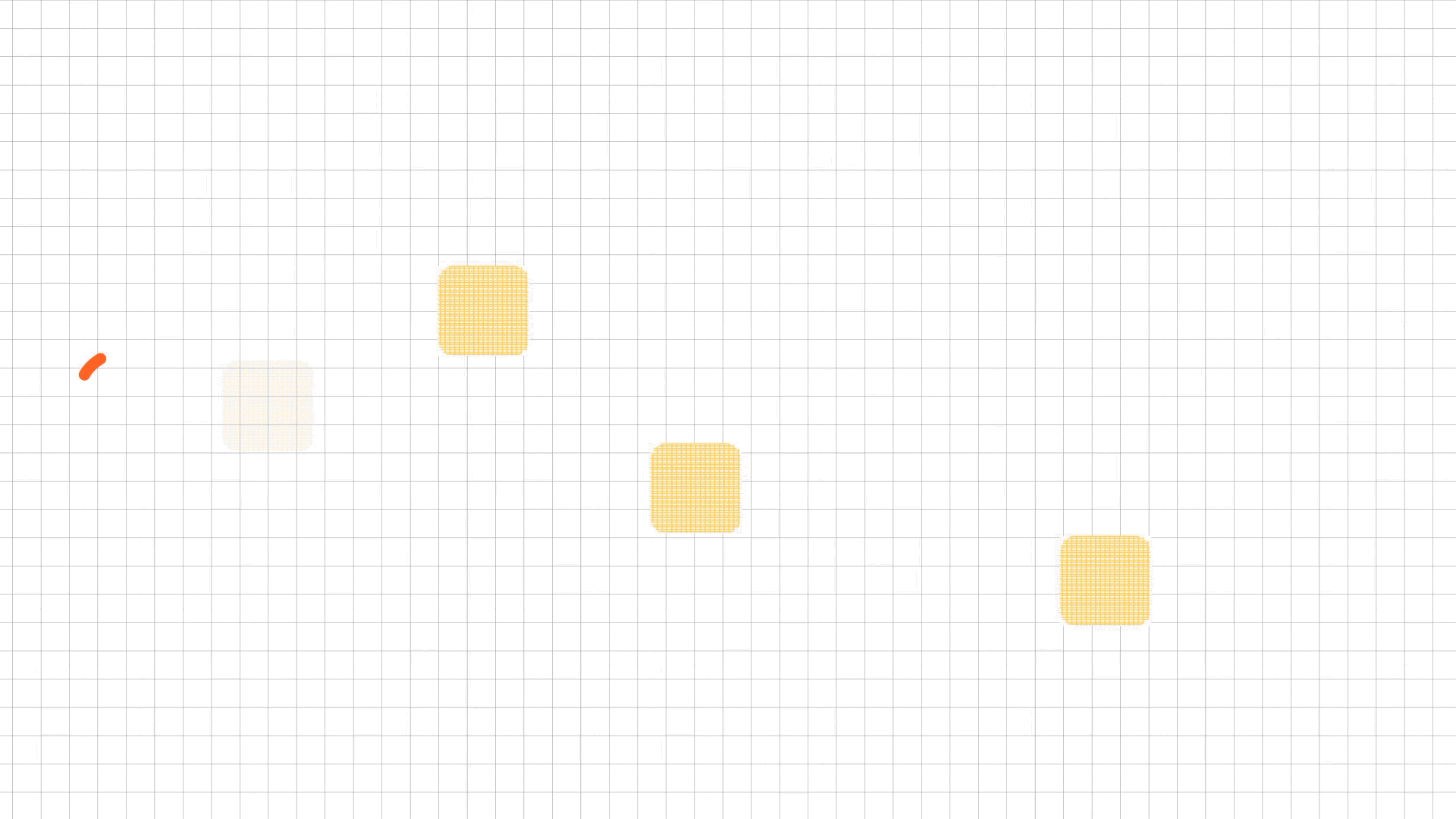Customer Experience Journey
HCD and Organizational Development
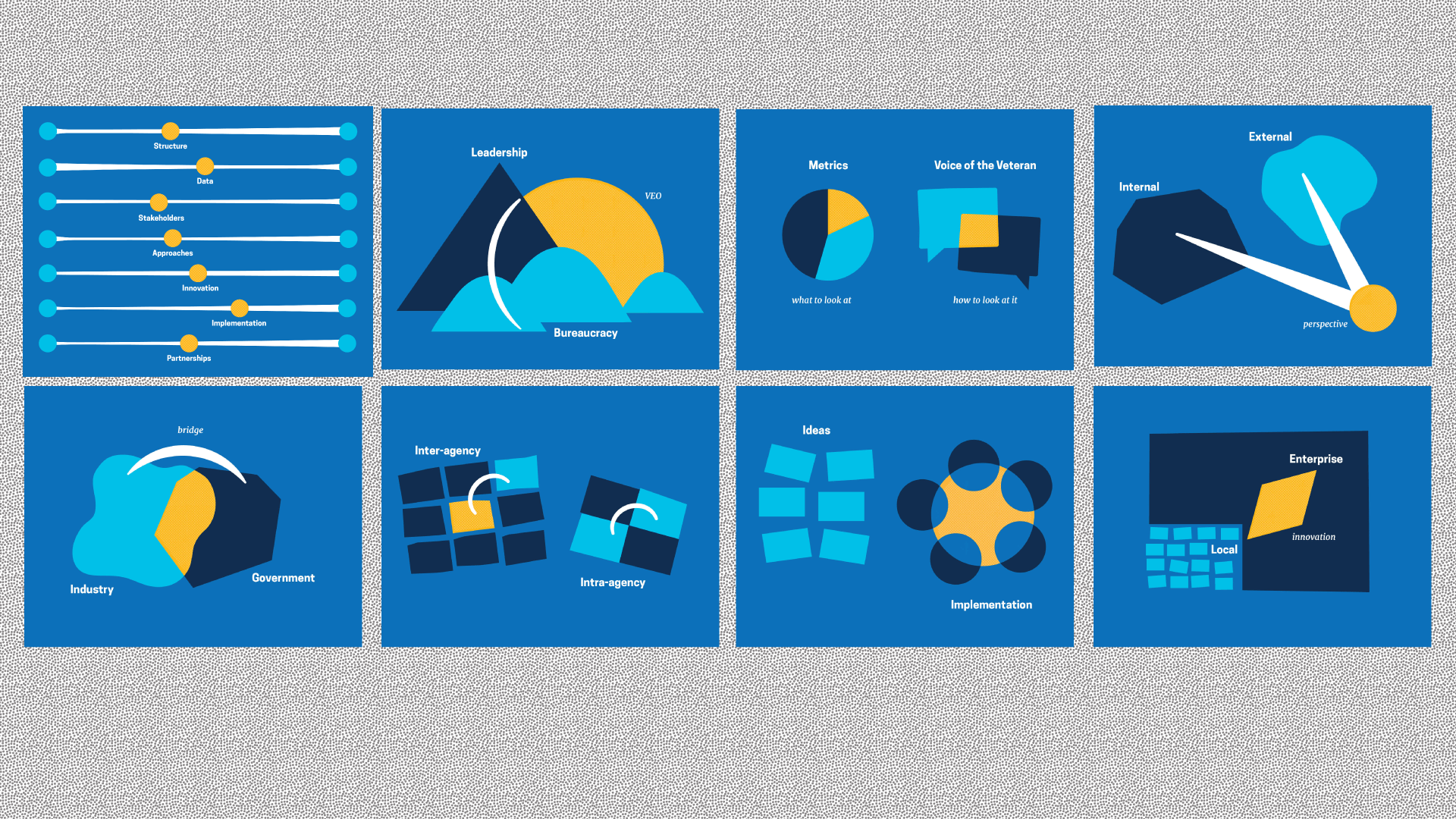
The original essay illustrations from the VEO-Lab Customer Experience Journey.
Project Duration: ~3 Months: Research and Writing: Spring 2018
Project Type: Federal
Agency Partner: Department of Veterans Affairs (VA)
Role: Lead
Stakeholders: Veterans Experience Office, The Lab at OPM
Design Phases: Research, Design, Implementation
Software: HTML, CSS, JS
Skills:Design Strategy, Research, Writing
Product Design Output: Download the published article in the dmi:Review issue on Creative Leadership
Background
The Veterans Experience Office (VEO) in the Department of Veterans Affairs is a recognized leader in customer experience, winning several awards in the last few years for its excellence in applying HCD to improve non-clinical veteran services. VEO, however, had an unpredictable path to this success. Established during the Obama Administration, VEO encountered its share of growing pains, resulting in tensions with the greater VA organization.
Recognizing these tensions as a learning opportunity, VEO Deputy Barbara Morton and Chief of Staff Lee Becker approached the Lab team to research and write a reflection on VEO's development. The research included HCD interviews with all Senior Executives who had been at VEO since its establishment as well as Lab leadership. The resulting synthesis and reflection was dubbed the "Customer Experience (CX) Journey", and was subsequently published in the dmi:Review on Creative Leadership in 2019.
Writing
The final work included essays on
- Leadership & Bureaucracy
- Quantitative & Qualitative Data
- Internal & External Stakeholders
- Public & Private Sector Approaches
- Enterprise & Local Innovation
- Ideas & Implementation
- Inter- & Intra-Agency Partnerships
- and an appendix on Why Design?
Why Design?
Embedding Design teams in the federal government is a new practice, and any inquisitive reader must ask themselves what the compelling argument for Design in this space could be. This essay briefly answers why Design makes sense as a mechanism for change in the public sector, and why these teams have positive impact on business development.
With deep experience of its use in private industry, VEO’s early leaders were well aware of an embedded Design team’s ability to create systematic change in large organizations. In creating a strategic partnership, VEO and The Lab recognized that the project had the potential to not only create meaningful and lasting change in VA, but also to show VA’s federal colleagues the power that a substantial, meaningful move such as hiring a design team could have on their business. In this way, two experienced groups came together to create this experiment in the public sector, but, barring this level of insight, why would a public sector leader charged with transforming customer experience at their agency consider trying Design? What about Design, positions it to make meaningful change in organizations?
Thought leaders in the Design sector provide us with a useful, two part answer. In their experience, Design both “humanizes the decisions we’re making [in business]”, as well as having the ability to be “the scientific method for business”. To parse the first position: business driven largely by quantitative metrics are constantly in danger of losing a customer-centric focus. Design practice, however, helps to mitigate this possibility by focusing on customers directly and consistently. In effect, design teams fight a business’ urge to focus on existing measures by looking at those measurements against the ultimate yardstick: the customer and their perspective.
The second point, that design can serve as the scientific method for business, can be thought of as how to inject product and service innovation into a business at an acceptable level of risk. If any customer or employee has an idea, or hypothesis, for a new or modified product or service, they can work with a design team to make a quick, low-tech prototype of what that idea expresses, and create an experiment to test it with customers. Positive or negative responses to this experiment informs the company whether or not to pursue developing the idea. In this way, design teams create tight loops of ideating with internal or external innovators, prototyping, and testing. The business benefits from innovation, while at the same time not committing substantial resources before an idea is tested with customers.
The teams at VEO and The Lab hypothesized that systematizing and formalizing customer service design in the federal government could bring these benefits to the business of VA. They had the evidence of private industry as well as the experiences of The Lab to validate that hypothesis. So far, the test of this hypothesis, the experiment, has been a success: VA’s trust scores are improving, and customer satisfaction is growing. At the same time, Design as a method for humanization of services and innovation is spreading throughout the federal government. In projects at an increasing number of agencies, the use of design to successfully address diverse business situations continues to expand.
Design
Please find below the layouts from the dmi:Review publication. The full article is also available via this link.

